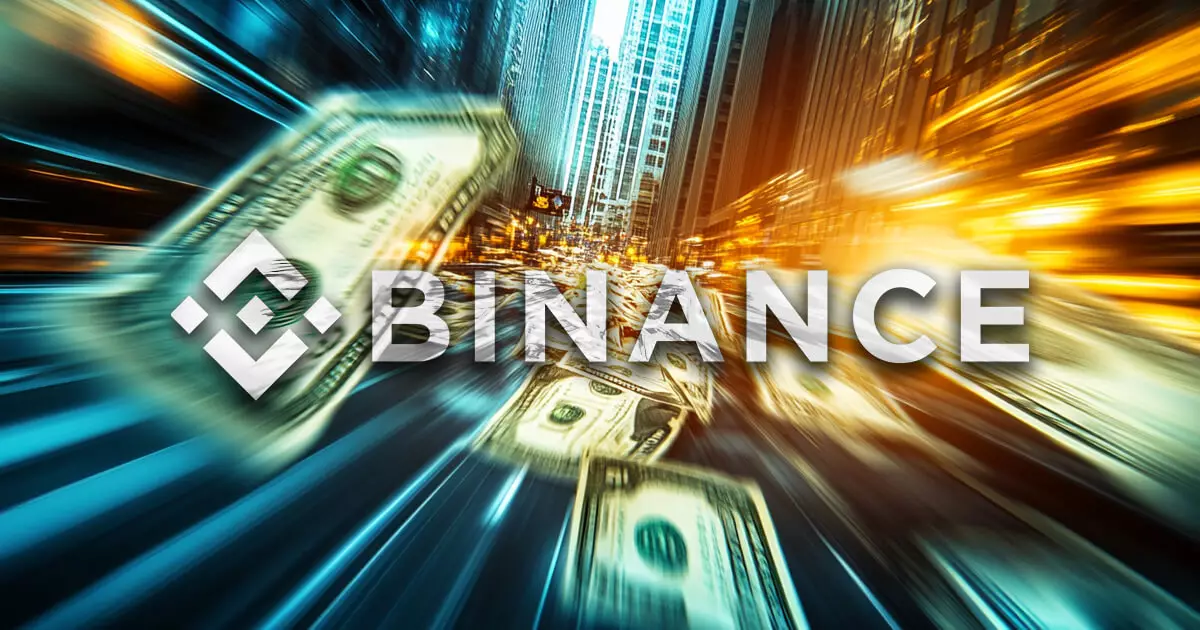In the aftermath of the recent U.S. elections, Binance has reported an extraordinary influx of capital, with over $7 billion rushing into the platform since November 5, as revealed in a report dated November 12. This towering figure indicates a clear preference among investors for Binance, eclipsing its nearest rival, OKX, which managed to attract only around $1 billion during the same timeframe. The remarkable surge in inflows has culminated in Binance users collectively holding $140 billion in assets, marking a historic high not seen since the exchange began its Proof of Reserves disclosure two years ago. This striking growth showcases Binance’s resilience and its prominent position in the cryptocurrency market.
The data from CryptoQuant has further emphasized Binance’s growing dominance in the industry, highlighting that its reserve percentage has climbed to an impressive 25%. This measure indicates Binance’s proportion of reserves relative to its competitors. Currently, the only exchange exceeding this figure is Coinbase, which has a reserve percentage of 33%. Given this upward trajectory, analysts predict that Binance could soon challenge Coinbase for supremacy in reserve holdings. This prospect underscores a competitive landscape, indicating that Binance is consolidating its position as the preferred trading platform among crypto investors.
Alongside the financial influx, Binance has reported a significant uptick in user engagement post-election. On November 6, the platform experienced a staggering peak of over 13 million app visits, aligning with a broader surge in interest surrounding digital assets. The correlation between these visits and recent market trends cannot be overlooked, particularly as Bitcoin and Ethereum have seen price fluctuations of approximately 20% and 30%, respectively. Investors appear to be reacting to the bullish sentiment following the election results, which many attribute to the optimism associated with Donald Trump’s victory.
Binance’s CEO, Richard Teng, has commented on the relevance that discussions around cryptocurrencies have garnered during the election period, highlighting a shift towards mainstream acceptance of digital assets. This growing visibility suggests an exciting new chapter for the crypto sector, where its potential is increasingly recognized on a global scale. Teng’s assertion that we are witnessing a “golden era of crypto” speaks to the confidence held by industry leaders in the future of digital currencies.
Despite its robust growth, Binance is not free from challenges. The exchange continues to navigate increased regulatory scrutiny in several jurisdictions, including significant markets like the United States, Nigeria, and India. This ongoing scrutiny poses a potential threat to the exchange’s operations and growth ambitions. As regulatory frameworks evolve, Binance will need to adapt to maintain its leadership position while ensuring compliance with varying legal expectations.
Binance’s remarkable inflow surge following the recent U.S. elections mirrors a broader acceptance and trust in digital assets, marking a pivotal moment for the cryptocurrency market as it continues its ascent towards mainstream recognition.








